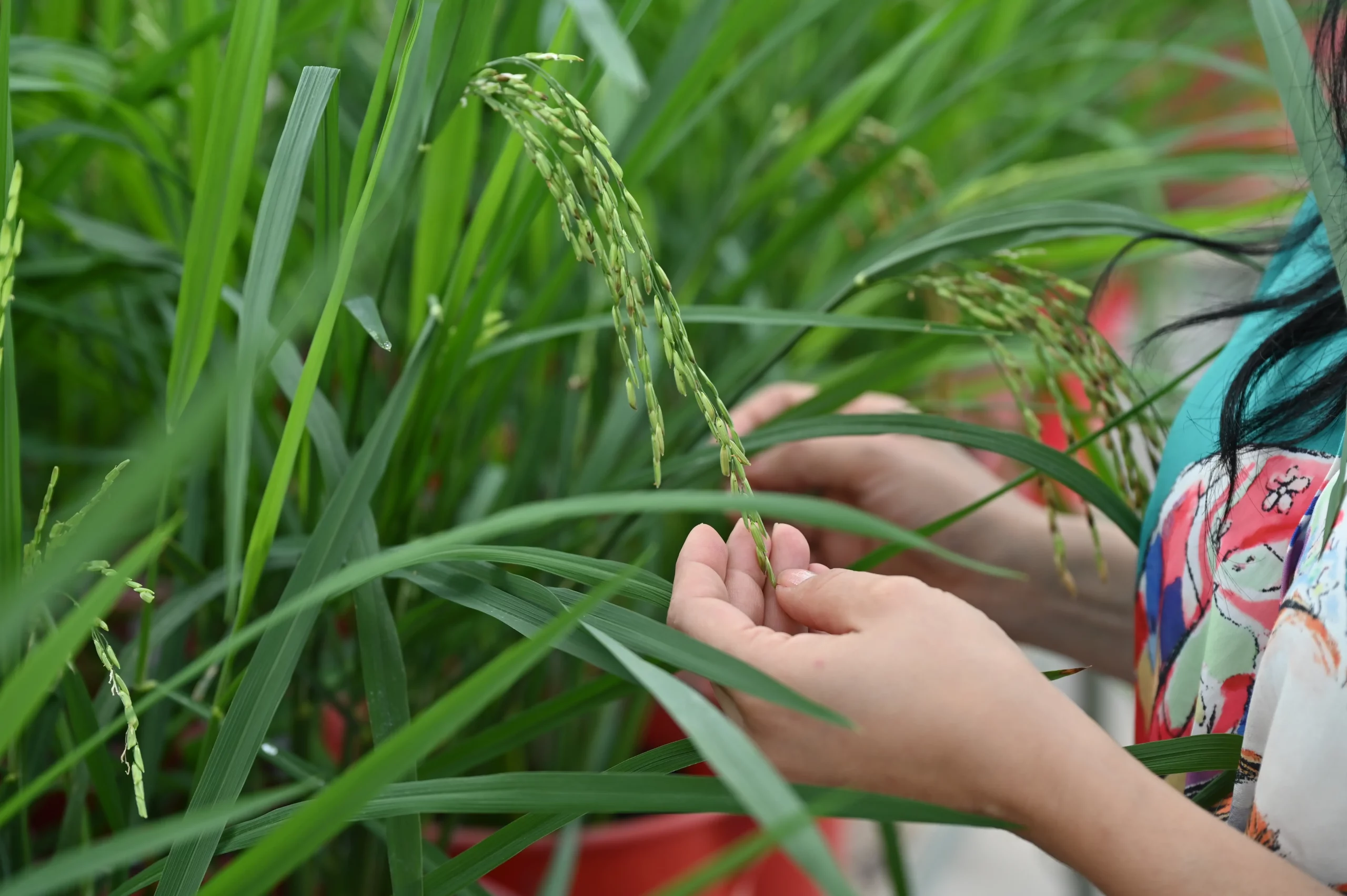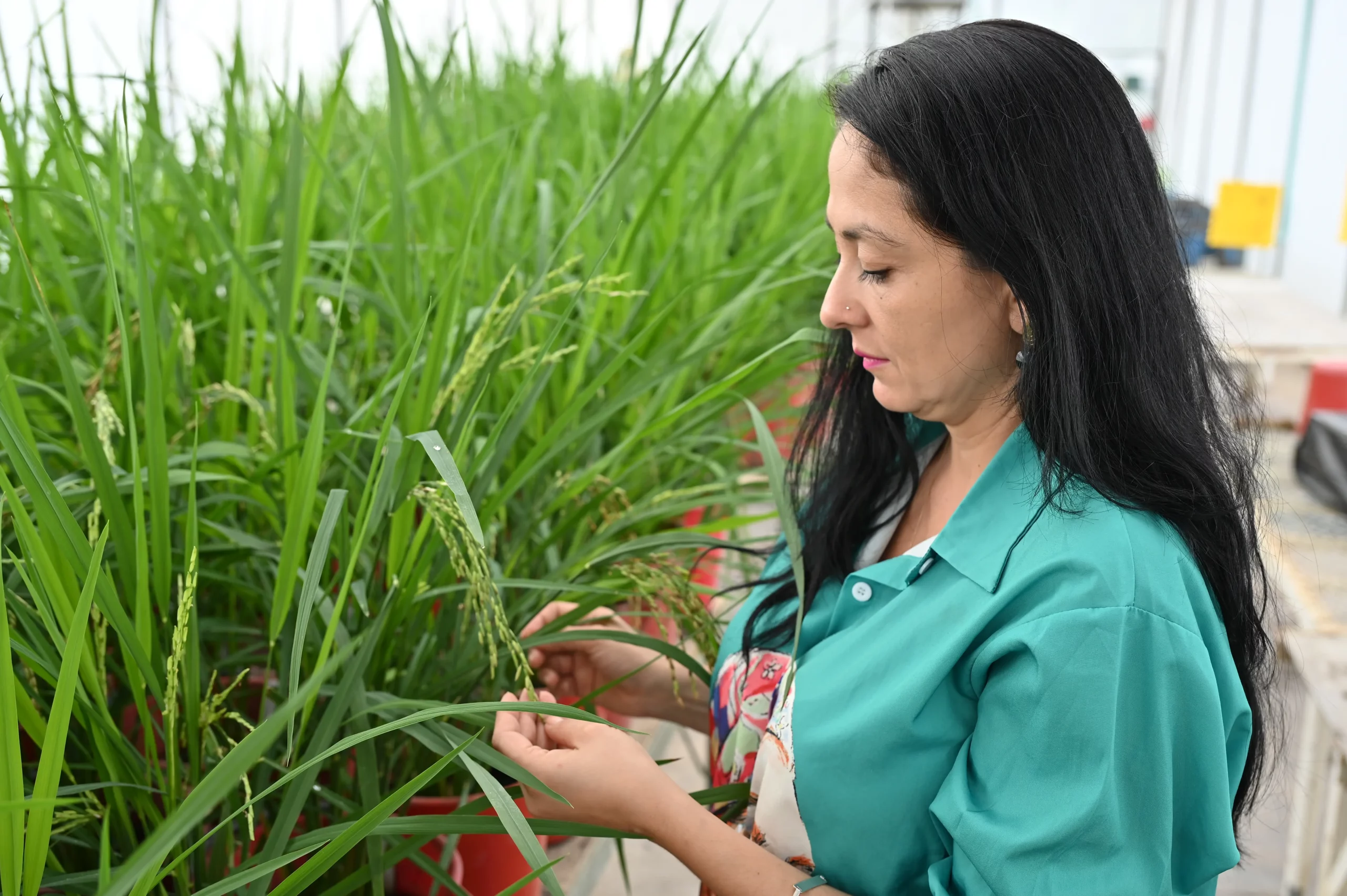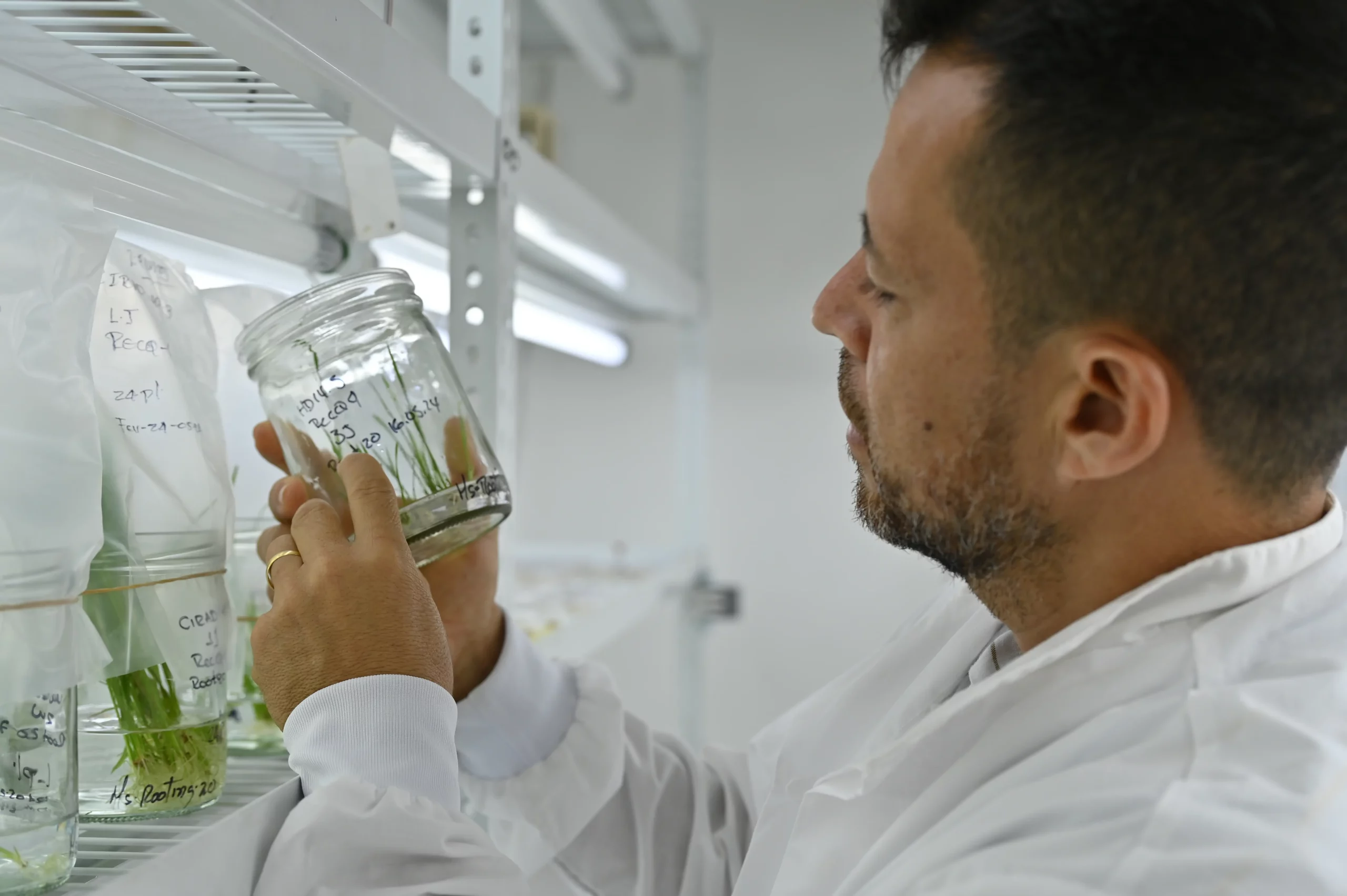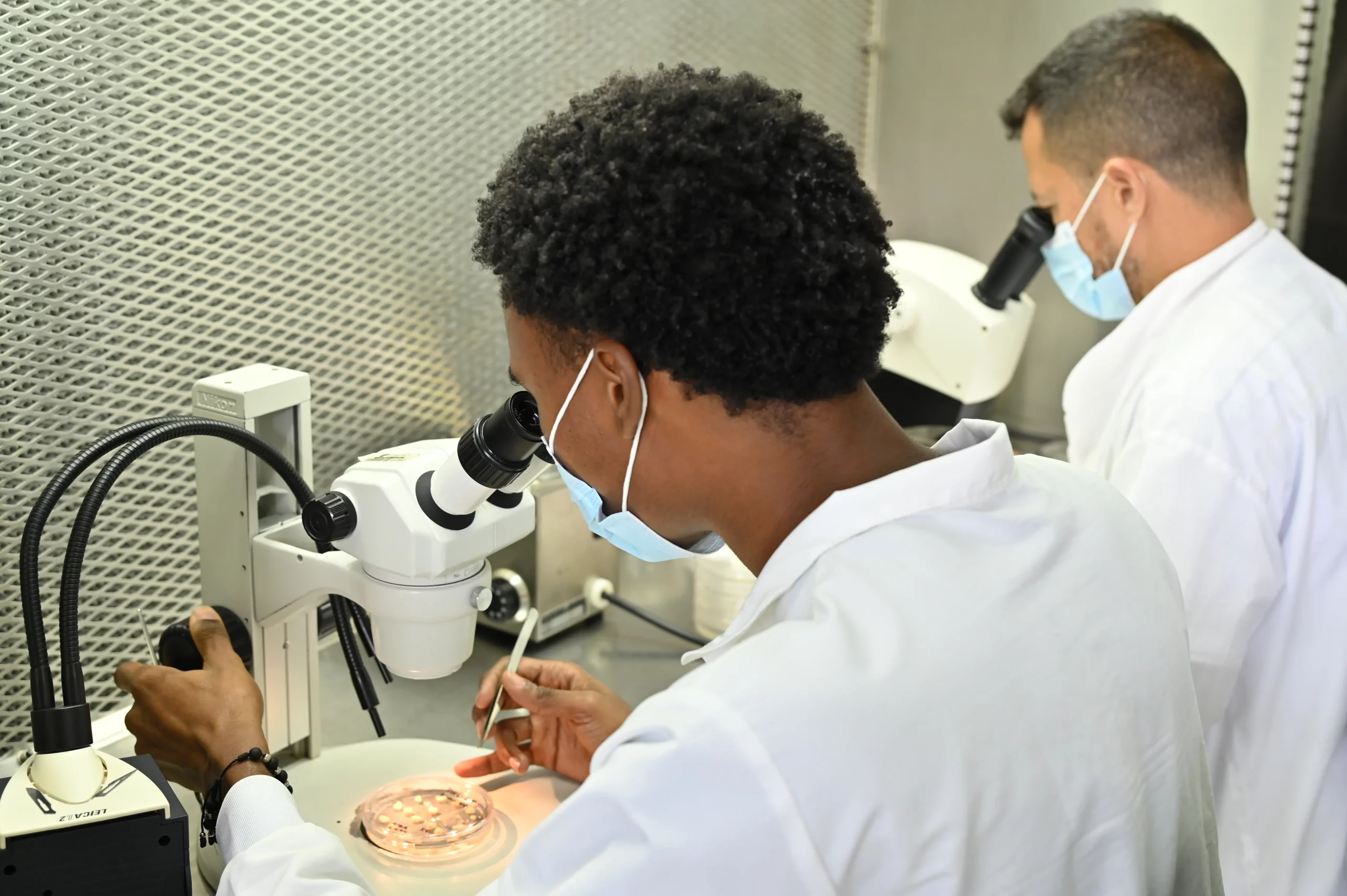Last Update 5/26/2025
Impact of Gene Editing
The Gene Editing Platform (GEP) uses CRISPR-Cas technology to produce innovative germplasm with desirable traits that meet user demand, from breeders to consumers, addressing the agricultural challenges of climate change, food security and crop value chains. We support crop improvement research in areas such as phytopathology, genetics and physiology, among others, for crops such as rice, cassava, cocoa, beans and forages. Within the carbon sequestration project, GEP’s main objective is to convert rice into a more efficient atmospheric carbon sink, without affecting its production, by obtaining edited lines of genes involved in carbon capture and/or storage, which can be converted into new varieties or used as progenitors for breeding.
Our innovative approach
Our approach targets three key genes using the CRISPR-P platform: GN1a (OsCKX2) to increase grain yield by enhancing reproductive development; OsHXK1, a sugar-sensing gene whose editing improves photosynthetic efficiency and CO₂ uptake; and OsAUX1, which regulates root architecture to support deeper and more efficient carbon-capturing roots. These edits have been applied to rice varieties Fedearroz 67, Llanura 11, and Os2017-165-31-20, with all targets validated by sequencing before proceeding to transformation and greenhouse testing.
Outcomes / Outputs
-
Over 1,000 edited lines have been generated for deep rooting and photosynthetic traits.
-
Five lines are being prepared for field trials, with Os2017-165-31-20 already showing superior performance under greenhouse and confined field conditions.
-
Trials under varied nitrogen levels revealed this line maintains high grain numbers at 0–50% nitrogen, suggesting enhanced nitrogen use efficiency.
-
For OsHXK1, biallelic edits were confirmed across several lines, which are now being screened to remove transgenes before field testing.
-
OsAUX1-edited lines are currently undergoing molecular analysis.
Future steps
Field trials of HXK1-edited lines are planned for the second half of 2025 to evaluate photosynthetic performance and root traits, while OsAUX1-edited lines are undergoing molecular screening to identify candidates for transgene removal and later phenotypic assessment in 2026. Regulatory approval for the high-yield line Os2017-165-31-20 is currently under review by Colombia’s ICA, with a decision expected by mid-2025. To meet project targets, expanding access to photosynthesis measurement equipment and greenhouse space remains a priority.
Contact
Senior Research Associate
Gene Editing Platform
s.p.valdes@cgiar.org
Gallery
Publications
Efficient Agrobacterium-mediated Transformation of the Elite–Indica Rice Variety Komboka

Contact
Latin American Hub
Palmira – Colombia
Address: Km 17 Recta Cali-Palmira
Phone: (+57) 6024450000










